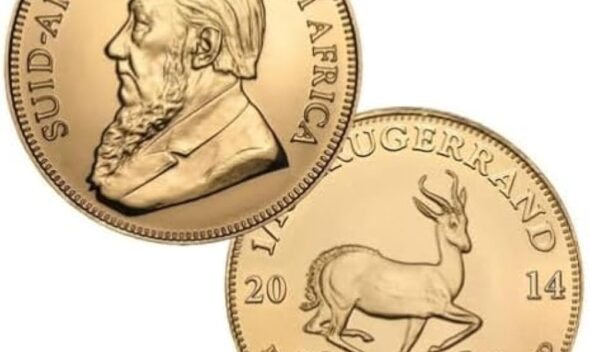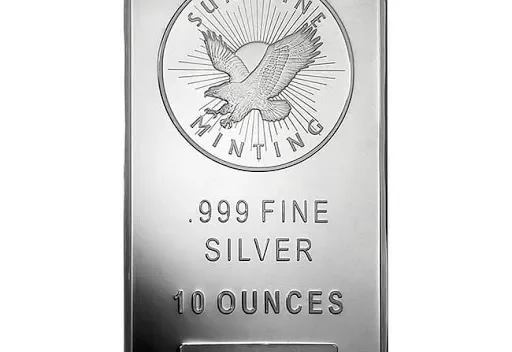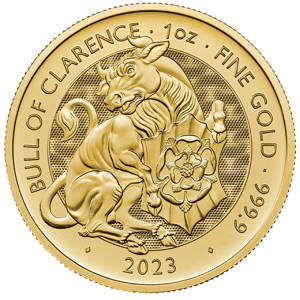Gold Bars vs. Gold Coins: Which Is the Better Investment Choice?
In an era of economic uncertainty, investing in gold has become a popular strategy for preserving wealth and diversifying portfolios. Whether you’re a seasoned investor or just starting out, the debate between gold bars and gold coins often arises. Both forms of physical gold offer tangible assets that can hedge against inflation and market volatility, but they come with distinct advantages and drawbacks. In this guide, we’ll explore the key differences to help you decide which is the better gold investment for your needs.
As the largest supplier of pure gold in South America, India, Europe, and Asia, Gold Land Merchants Limited provides high-quality options for both gold bars and gold coins, ensuring authenticity and competitive pricing for global investors.
Understanding Gold Bars: The Basics of Bullion Investment
Gold bars, also known as gold bullion, are rectangular ingots of refined gold, typically stamped with details like weight, purity, and the manufacturer’s mark. They come in various sizes, from small 1-gram bars to large 400-ounce institutional ones, making them versatile for different investment scales.
Pros of Investing in Gold Bars
- Lower Premiums Over Spot Price: Gold bars generally have lower markups compared to coins, meaning you pay closer to the actual gold prices. This makes them cost-effective for bulk purchases in the gold market.
- Ease of Storage and Liquidity: Their uniform shape allows for efficient stacking and storage. When selling, gold bars are highly liquid, especially larger ones favored by precious metals investment firms.
- Purity and Value Density: Most bars are 99.99% pure gold, offering high value per unit of space—ideal for those focused on long-term gold investment strategies.
Cons of Gold Bars
- Lack of Collectibility: Unlike coins, bars don’t carry historical or numismatic value, so their worth is tied solely to the spot gold price.
- Higher Entry Barrier for Small Investors: While small bars exist, they often come with higher premiums, making them less appealing for beginners in physical gold investing.
Gold Coins: A Blend of Investment and Collectibility
Gold coins are minted by government or private entities and often feature intricate designs, historical significance, or limited editions. Popular examples include the American Eagle, Canadian Maple Leaf, and South African Krugerrand, available in fractions like 1/10 oz up to 1 oz or more.
Pros of Investing in Gold Coins
- Numismatic Appeal: Many gold coins have collectible value beyond their metal content, potentially appreciating over time. This dual nature makes them a compelling choice in the best gold investment discussions.
- Portability and Divisibility: Smaller denominations are easy to carry, sell in portions, or use in a gold IRA without needing to liquidate an entire asset.
- Government Backing: Sovereign coins are guaranteed for weight and purity, adding a layer of trust and making them easier to authenticate in the gold market.
Cons of Gold Coins
- Higher Premiums: Due to minting costs and designs, coins often cost more per ounce than bars, which can eat into returns if gold prices remain flat.
- Potential for Counterfeits: While reputable suppliers mitigate this, the collectible aspect increases the risk of fakes, requiring careful verification when you buy gold coins.
Key Factors to Consider When Choosing Between Gold Bars and Gold Coins
Deciding between gold bars vs. gold coins depends on your investment goals, budget, and risk tolerance. Here are some critical considerations:
- Investment Horizon: For short-term trading tied to gold prices, coins might offer more flexibility. Long-term holders often prefer bars for their efficiency in precious metals investment.
- Storage and Security: Bars are denser and easier to store in bulk, but coins’ smaller sizes suit personal safes or gold IRA accounts.
- Market Conditions: In volatile times, liquidity matters. Both forms perform well, but coins can command premiums during high demand in the gold market.
- Tax Implications: In some regions, collectible coins may face different capital gains taxes compared to bullion bars—consult a financial advisor.
- Diversification: Mixing both can balance your portfolio, combining the purity of bars with the appeal of coins for comprehensive investing in gold.
Current trends show that with rising inflation, physical gold remains a safe haven. For instance, as of 2025, gold prices have stabilized around historic highs, making timely entry crucial.
Which Is Better: Gold Bars or Gold Coins?
Ultimately, there’s no one-size-fits-all answer. Gold bars are often the better choice for pure value investors seeking minimal premiums and high liquidity in large quantities. They’re ideal if your focus is on accumulating as much gold as possible at the lowest cost.
On the other hand, gold coins shine for those who value portability, potential numismatic upside, and ease of resale in smaller amounts. They’re particularly suitable for beginners or collectors blending investment with hobby.
If you’re ready to invest, consider sourcing from trusted suppliers like Gold Land Merchants Limited at https://goldlandmerchantslimited.com/, renowned for their extensive inventory across South America, India, Europe, and Asia.
Whichever you choose, remember that gold investment should complement a diversified portfolio. Always research current gold prices and consult professionals before buying.
Gold bars,
Gold coins,
Gold investment,
Buy gold bars,
Buy gold coins,
Precious metals investment,
Gold bullion,
Investing in gold,
Gold prices,
Gold market,
Physical gold,
Gold IRA,
Best gold investment,
Bullion coins
Gold vs coins.












Leave a comment